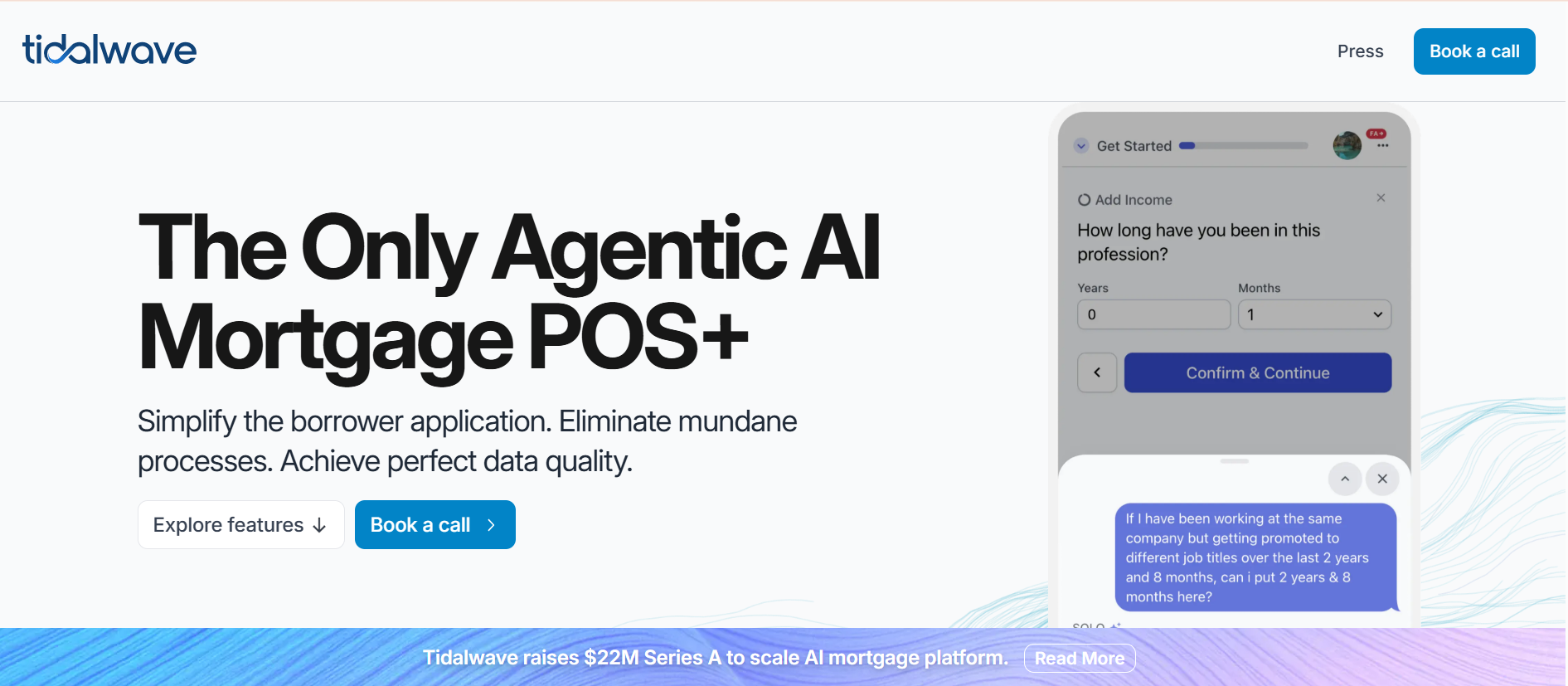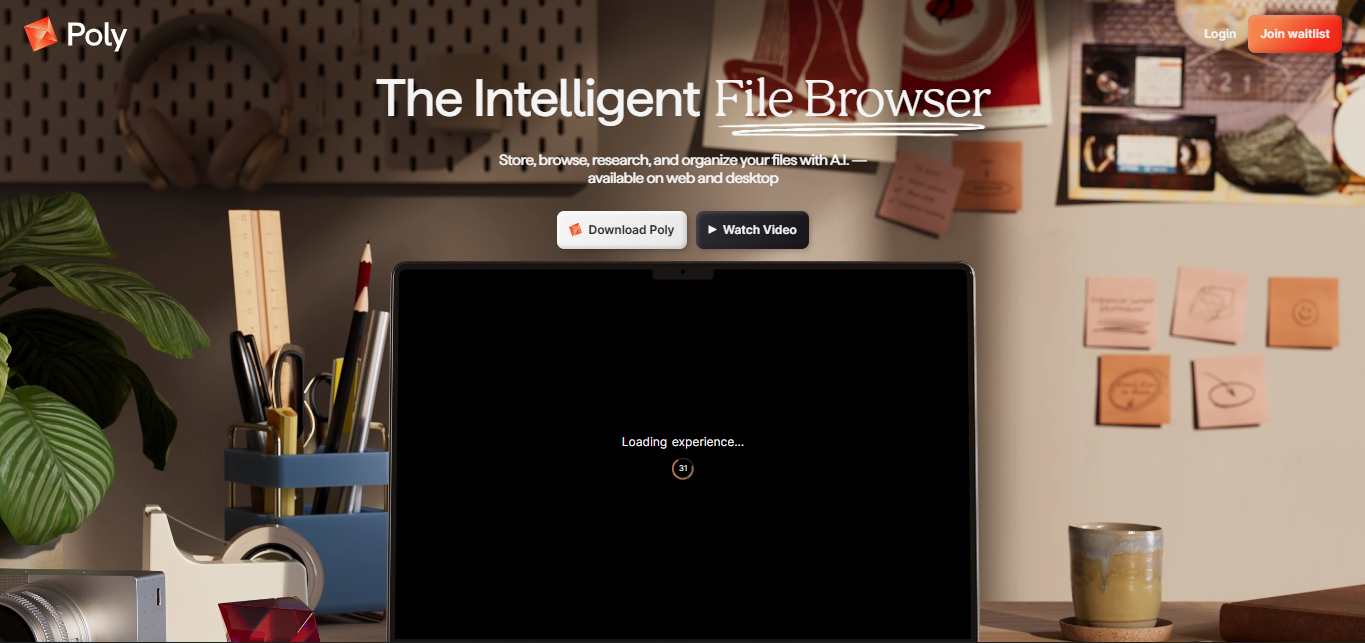Sweatpals Raises $12 Million to Redefine Social Fitness and Community Wellness
November 1, 2025
byFenoms Startup Research

Sweatpals, a fast-growing player in the social wellness space, has raised $12 million in Seed funding to reshape how people connect through fitness. The round includes heavyweights such as Patron, a16z Speedrun, HartBeat Ventures, Max Mullen, Jeffrey Katzenberg, Antler, and Pear VC, underscoring the growing investor belief that the future of health is communal, not individual.
Founded by Salar Shahini and Mandi Zhou, Sweatpals helps users find workout partners, build local fitness clubs, and participate in real-world events - turning exercise into a shared social experience instead of a solitary routine.
A Cultural Shift: From Solo Fitness to Shared Belonging
The global fitness market has reached an inflection point. The Global Wellness Institute reports that the wellness economy surpassed $5.6 trillion in 2024, with the physical activity segment contributing $1.1 trillion. Yet behind that surge is a quieter revolution - one where fitness is less about performance metrics and more about human connection.
Sweatpals sits squarely at that intersection. The app enables users to discover nearby fitness groups, join shared workout sessions, and create lasting friendships through activity-based communities. It’s part of a broader consumer movement: fitness not as an isolated grind, but as a meaningful social fabric.
Co-founder Salar Shahini explains:
“The biggest motivation isn’t competition - it’s connection. Sweatpals exists to make people feel like they belong somewhere active.”
Retention Is the Real Metric That Matters
Most fitness apps measure success in downloads or daily active users. Sweatpals measures something deeper - retention through relationships.
According to the International Health and Racquet Sportsclub Association (IHRSA), 50 percent of gym members quit within six months, primarily because they feel isolated or unmotivated. Sweatpals counteracts that by turning fitness into a social loop - where showing up means reconnecting with people, not just counting reps.
The strongest growth loop isn’t virality - it’s belonging.
This is where Sweatpals’ model reveals its true edge. The startup didn’t compete by adding features; it competed by designing emotion into the product. It recognized that the future of consumer tech lies not in capturing attention, but in creating attachment.
Founders often obsess over user acquisition, but retention - driven by identity and shared meaning - compounds far faster. When users build relationships inside your product, they stop behaving like customers and start behaving like community members. That’s the invisible network effect most startups miss.
Sweatpals built for that from day one. Its mission isn’t to gamify fitness - it’s to humanize it. And that decision to prioritize emotional equity over technical novelty is precisely what separates lasting brands from fleeting trends.
Why Investors Are Paying Attention
The social-wellness niche is growing faster than almost any segment in the consumer tech space. Allied Market Research projects the global fitness-app market will reach $60 billion by 2030, expanding at a CAGR of 19.5 percent, while hybrid social-fitness platforms are growing nearly 40 percent faster than traditional gyms.
That growth is being driven by the same forces fueling Sweatpals: the convergence of digital tools and real-world belonging. Users aren’t just downloading apps - they’re joining communities that reflect their lifestyles, values, and aspirations.
The backers behind Sweatpals recognize that. a16z Speedrun brings Silicon Valley-level scaling expertise, while HartBeat Ventures, founded by Kevin Hart, adds cultural relevance and storytelling power. The result is a company positioned to sit at the center of fitness, entertainment, and social identity all at once.
Inside the Sweatpals Experience
The platform’s design mirrors its philosophy: simple, social, and real. Users can discover group events, chat with others, or host their own sessions - from yoga and cycling to strength training or dance. The app personalizes suggestions using activity history, interests, and geography, creating a local-first discovery engine for wellness.
Mandi Zhou, co-founder and COO, says:
“We don’t just track movement - we create it. Sweatpals is a bridge between your online world and your offline life.”
This real-world element is what makes Sweatpals defensible. Fitness apps come and go, but communities - once rooted - are hard to displace.
Industry Outlook: The Social Wellness Boom
The global wellness-technology industry continues to expand rapidly. McKinsey’s 2024 Future of Wellness Report found that 65 percent of consumers now prioritize social interaction as part of their fitness routines, up from 40 percent pre-pandemic.
Meanwhile, Forbes Health (2025) predicts that AI-driven personalization and local social engagement will be the dominant forces shaping the next decade of fitness innovation. Sweatpals is already ahead of that curve - merging personalization algorithms with local discovery and real-world accountability.
It’s not just building another app; it’s building a network effect powered by purpose.
What’s Next for Sweatpals
With $12 million in new funding, the company plans to expand across North America and Europe, roll out AI-based matchmaking for community workouts, and launch Sweatpals Communities Pro, a toolkit for gyms, trainers, and health brands to host paid group events.
The startup also aims to partner with wellness creators to bring more inclusive, culture-based fitness experiences to the app - from dance-fit collectives to mental-health-driven workout clubs.
The Bigger Picture: Belonging as a Business Model
Sweatpals’ rise marks a defining shift in the tech industry: the monetization of belonging. In a world where loneliness is recognized as a global epidemic - with 46 percent of adults reporting social isolation (APA, 2024) - the companies that can connect people meaningfully will own the next era of growth.
Sweatpals isn’t just making people move. It’s making them matter to each other - and that’s a business model with staying power.









